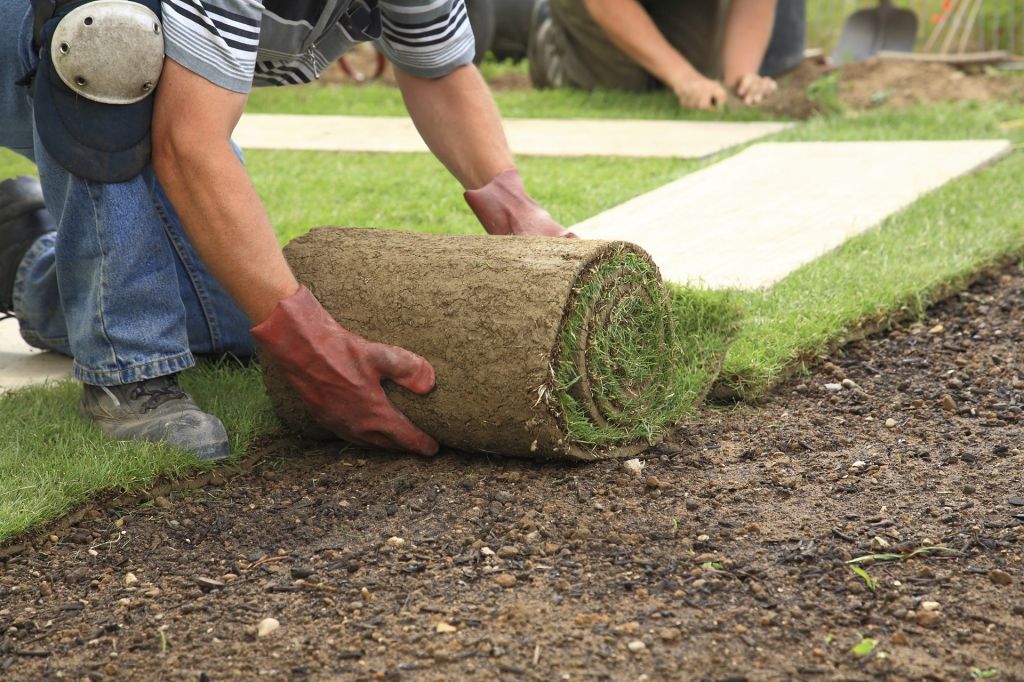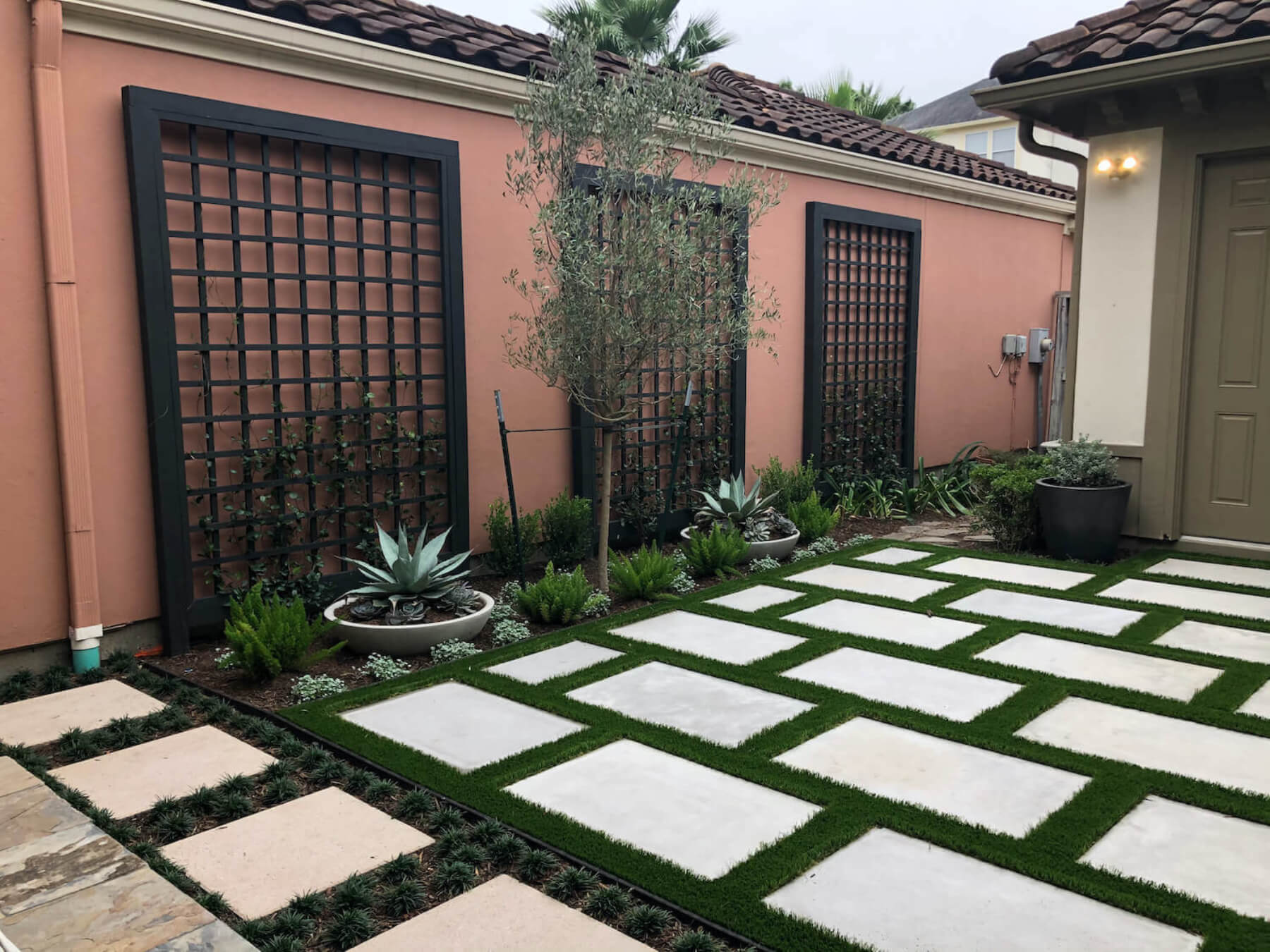Count on a Full-Service Landscaping Company for Residential and Commercial Projects
Count on a Full-Service Landscaping Company for Residential and Commercial Projects
Blog Article
The Importance of Recognizing Different Kinds Of Landscaping for Your Yard
Understanding the different sorts of landscaping is a necessary part in crafting a yard that not only shows individual taste however additionally meets environmental demands. Each landscape design design-- be it formal, home, lasting, or urban-- offers distinctive benefits that can considerably affect the overall health and wellness and visual appeals of your outside room. This knowledge is critical in promoting biodiversity and enhancing source application. The effects of these selections prolong past simple appearances, elevating inquiries concerning just how each kind can be incorporated properly right into your specific environment. What considerations should guide your selection?
Benefits of Landscape Design Understanding
Comprehending the fundamentals of landscaping supplies countless advantages for both novice and experienced garden enthusiasts alike. A solid grasp of landscape design principles enables people to produce functional and aesthetically appealing exterior areas that line up with their individual choices and the specific features of their gardens.
One significant advantage is improved ecological health. Expertise of native plants and lasting methods enables garden enthusiasts to cultivate communities that promote biodiversity while reducing the need for chemical plant foods and pesticides. Furthermore, recognizing soil kinds and drainage can bring about healthier plant growth and lowered erosion.
Landscape design knowledge likewise boosts the aesthetic worth of a property. By finding out about design aspects such as range, shade, and texture, gardeners can create cohesive and welcoming landscapes that raise curb appeal. This not only raises individual enjoyment but can likewise improve home worth.
In addition, educated gardeners can save time and resources. Recognizing the right plants for particular conditions, such as light and wetness levels, makes sure that initiatives are not thrown away on improper choices. Inevitably, a comprehensive understanding of landscaping equips individuals to make educated choices, fostering a much more satisfying gardening experience.
Summary of Landscaping Types
Landscaping encompasses a variety of styles and strategies, each customized to satisfy the special requirements and preferences of gardeners. Understanding these varied types is essential for developing an exterior area that aligns with private tastes and environmental considerations.
One preferred kind is conventional landscaping, identified by structured layouts, distinct flowerbeds, and the usage of in proportion plantings. This design commonly highlights a sense of order and consistency within the garden - Landscaping Company. In comparison, naturalistic landscaping concentrates on simulating the charm of nature, utilizing indigenous plants and organic kinds to develop a much more relaxed and casual environment
Lasting landscaping has actually obtained grip, promoting eco-friendly techniques that conserve water and lower chemical usage. This strategy commonly incorporates xeriscaping, which uses drought-resistant plants appropriate for arid climates. In addition, metropolitan landscape design addresses the challenges of minimal space in city atmospheres, typically utilizing vertical yards and rooftop areas to take full advantage of plant.
Formal Landscaping Clarified
Identified by its precise style and organized elements, formal landscape design creates an environment of sophistication and sophistication in outside rooms. This style highlights proportion, geometric forms, and well-defined lines, typically including manicured hedges, topiaries, and orderly flower beds. The general result is a refined and polished atmosphere that accentuates architectural features and improves the appeal of the bordering landscape.
In official landscaping, paths are usually straight and might be lined with consistent products such as block or rock. These courses often lead to prime focus such as fountains, statues, or ornamental trees, even more improving the structured nature of the style. Color combinations have a tendency to be a lot more restricted, concentrating on harmonious combinations that promote a peaceful atmosphere.
Water features in formal landscapes are usually designed with precision, commonly looking like rectangle-shaped or round pools. The careful positioning of plants is critical, with varieties chosen for their ability to maintain a clean look throughout the seasons. In general, formal landscaping is excellent for those that value order and elegance, providing a classic visual that can substantially elevate the value and allure of outside spaces.
Cottage Yard Attributes
Cottage yards frequently stimulate a sense of beauty and whimsy, mixing a click here to find out more variety of plants in an apparently slipshod yet unified plan. Identified by their rich, casual layout, these yards generally feature a diverse mix of flowering perennials, vegetables, annuals, and natural herbs. This varied planting not just creates visual passion however additionally attracts useful insects and promotes a well balanced ecosystem.
A crucial feature of cottage gardens is their usage of traditional materials and structures. Stone paths, rustic secure fencing, and wooden trellises are frequently included to enhance the garden's charming allure. Additionally, the incorporation of seating locations, such as arbors or benches, motivates leisure this content within this calm environment.
Color plays a considerable duty in home yards, with an emphasis on soft pastels and dynamic colors that stimulate a feeling of fond memories. Blossoms like foxgloves, roses, and hollyhocks are staples, often intermingled with fragrant herbs such as lavender and thyme.
Cottage gardens reflect an approach of welcoming nature's changability, causing an unique and inviting space. By prioritizing biodiversity and aesthetic charm, they create a picturesque setting for both garden enthusiasts and casual observers alike.
Sustainable Landscaping Practices
Incorporating sustainable landscape design techniques is crucial for developing eco pleasant yards that grow while reducing their environmental impact. Landscaping Company. Lasting landscaping concentrates on the efficient usage of sources, promoting biodiversity, and enhancing the all-natural environment
One key practice is picking native plants, which are well-adapted to local problems and need less water, plant food, and chemicals. This not only conserves sources however likewise sustains regional wildlife, consisting of pollinators. Carrying out water-efficient irrigation systems, such as drip watering or rainwater harvesting, better preserves water while guaranteeing that plants receive ample wetness.

Additionally, reducing yard locations and incorporating hardscaping aspects can lessen upkeep and resource usage. These techniques promote a more lasting landscape that calls for fewer inputs and offers eco-friendly advantages. By embracing these methods, garden enthusiasts can create spaces that are not only lovely but also contribute favorably to the setting, cultivating an unified balance in between nature and human task.

Conclusion
Finally, an extensive understanding of different landscaping types is essential for creating an aesthetically pleasing and environmentally sustainable yard. Each design, from official to cottage gardens and lasting techniques, supplies special advantages that improve biodiversity and source performance. This understanding assists in notified decisions that add to the wellness of both the yard and its surrounding community. Ultimately, embracing varied landscaping approaches promotes a harmonious partnership in between outdoor spaces and their settings, promoting blog here long-term eco-friendly balance.
Comprehending the various types of landscape design is a crucial element in crafting a yard that not only mirrors personal preference but likewise fulfills environmental demands. Each landscaping design-- be it formal, home, sustainable, or metropolitan-- provides unique benefits that can considerably affect the overall health and wellness and aesthetic appeals of your exterior space. In contrast, naturalistic landscape design focuses on resembling the beauty of nature, using indigenous plants and natural forms to create a much more kicked back and casual setting.
Additionally, city landscaping addresses the challenges of restricted room in city settings, frequently using upright yards and roof rooms to optimize plant.
In conclusion, an extensive understanding of numerous landscape design types is crucial for creating a visually pleasing and ecologically lasting yard. (Landscapers Las Vegas)
Report this page